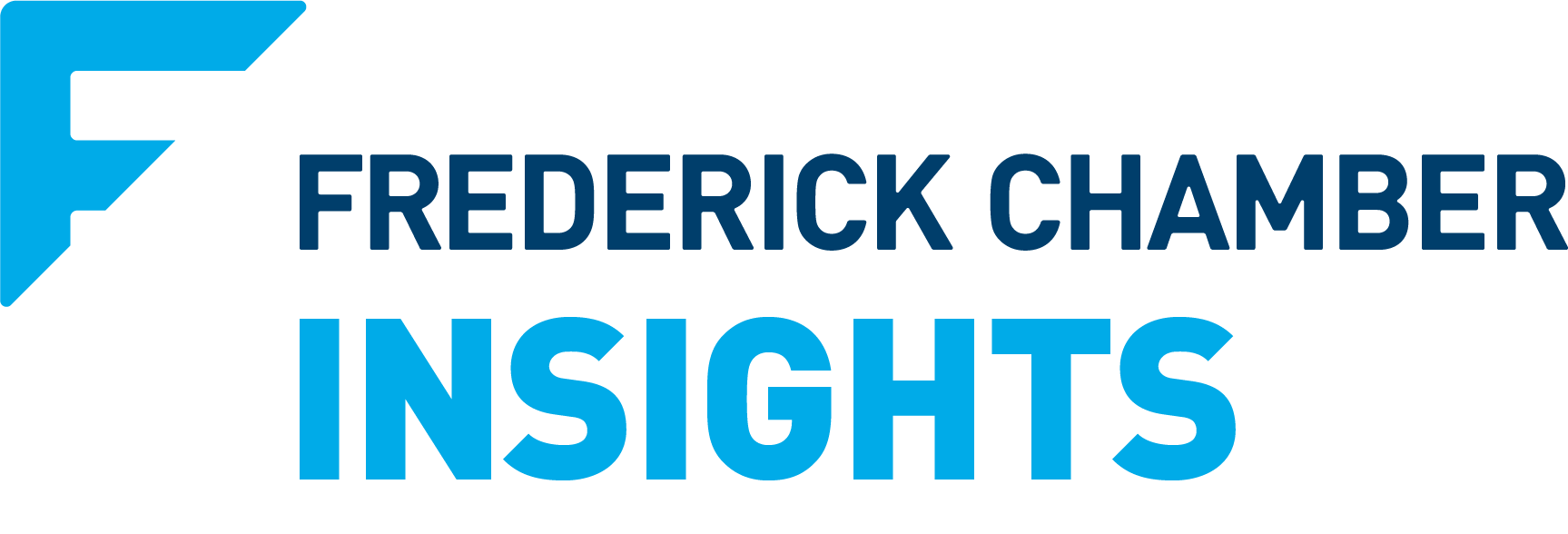As organizations grow, the people, systems, and technologies in that organization need to grow,
too. Executives know they need to improve their internal systems through best practices. And
using professionally certified experts cuts that time in half (or more). They grasp the reality that
they must upgrade existing technologies to meet the demands of their market and stay secure.
But when I talk to these executives, most don’t even know where to begin when it comes to
developing their people into competent, confident leaders. For some, it’s an elusive idea because
of a lack of resources, inadequate support, or limited subject matter expertise.
But it doesn’t have to be any of those things. In fact, it is a competitive advantage that can be
developed with practical, cost-effective, easy-to-implement strategies to build a leadership
program is tied to the culture, supported by management, and effective in its outcomes. All it
requires is following these four steps.

Developing an Organizational Leadership Development Program
Analyze the Needs
The first step in developing an Organizational Leadership Development Program (OLDP) is to
analyze the need. Make a list of the leadership training needs of your organization. The easiest
way to do this is to break it down into three categories: strategic leadership (executives and
senior management), operational leadership (mid-level managers, leaders of leaders), and
functional or business leadership (front line managers). Then, identify the traits, emotional
intelligence skills, and abilities needed at each level. Once you begin to write this down, it
becomes an objective standard which can be measured. Congratulations. You’re now ahead of
67% of other organizations, according to recent studies.
Assess the Gaps
The second step is to assess the gap between where you are and where you want to be. This can
be done relatively painlessly and is, in many cases, fun. There are a host of leadership
assessment tools you can use. These are readily available, inexpensive to download, and quick to
complete. Remember, not everyone needs to take an assessment. Choose wisely who participates
and why. After completing these assessments, you begin to understand how critical each gap
really is. Some may just be mis-perceived gaps that can be fixed with some minor corrections,
while others may pose a chasm that could permanently damage the organization.
Communicate with Emerging Leaders
Next, communicate with the emerging leaders. Be proactive and discuss their goals, desires, and
thoughts. Discover how they align or diverge from what the organization is doing. And whatever
answers come up are perfectly acceptable. (Not everyone sees themselves at your organization
for the rest of their professional lives). Understanding where they are coming from and where
they want to go is critical in gaining traction with your OLDP. That’s because the leadership
development plan must be personal to them. During this process, discuss which learning areas
can be done through self-directed learning and which ones will be done by the organization. A
word of caution: the OLDP is used to help your people get better at being leaders; it’s not
designed to be a performance review tool.
Implement Your Program
Finally comes the most rewarding part: implementation. Discuss whether the areas the leader
will work on requires coaching (done internally), teaching (sourced externally), or mentoring (a
hybrid version). We crave ritual and ceremony, so it helps to have a ceremonial “beginning” and
“ending”, which leaves a lasting imprint. Throughout their leadership journey, you need to create
a space where the leader can test their newly discovered leadership style. And, find ways to
empower them and gradually increase their responsibilities. Before you know it, you will see
highly engaged leaders who have adopted your organization’s vision, mission, and values and
are taking initiative.
There are a wide range of activities you can use with your new OLDP. For self-directed training,
a fantastic resource is Linda.com, which is provided free-of-charge by many public libraries. For
organizational led initiatives try working with the local community college for classroom
training (either at your location or theirs) and conducting “staff rides”, where these emerging
leaders are assigned historic figures to research and discuss at an off-site location. And if you’re
still stuck, try the hybrid model. There are organizational consultants, like me, who work in this
space every day and bring decades of experience that helps lighten your burden. Whichever you
choose to do, please do something! Your people will thank you for it.
 Adam Cubbage is a consultant and professional speaker on the topic of organizational leadership. As a scholar-practitioner with advanced degrees in leadership and management, coupled with two decades of leadership experience in both the military and business, he uses his unique experiences and an adapted leader framework to successfully help leaders build better organizations. Dissatisfied with the growing chasm in organizational leadership development, Adam started a company to help people to find, develop, and use the inner-leader to transform the places they love, live, and work to make the world just a little bit better.
Adam Cubbage is a consultant and professional speaker on the topic of organizational leadership. As a scholar-practitioner with advanced degrees in leadership and management, coupled with two decades of leadership experience in both the military and business, he uses his unique experiences and an adapted leader framework to successfully help leaders build better organizations. Dissatisfied with the growing chasm in organizational leadership development, Adam started a company to help people to find, develop, and use the inner-leader to transform the places they love, live, and work to make the world just a little bit better.
Adam Cubbage
Owner & Principal Consultant
Center Point Strategic Business Services
(301) 857-1577
Frederick Chamber Insights is a news outlet of the Frederick County Chamber of Commerce. For more information about membership, programs and initiatives, please visit our website.

